The Rise of Eco-Friendly Packaging: A Sustainable Solution for Businesses
While the benefits of eco-friendly packaging are clear, transitioning to sustainable materials does come with challenges. Businesses may face higher initial costs, supply chain adjustments, or limited availability of certain materials. However, these obstacles can often be mitigated through strategic planning and collaboration with suppliers.
In recent years, the global conversation around sustainability has gained incredible momentum, and businesses are finding themselves at the forefront of this movement. One area where this shift is particularly evident is in the adoption of eco-friendly packaging. As consumers become more environmentally conscious, companies are recognizing the importance of reducing their environmental footprint. Eco-friendly packaging not only benefits the planet but also offers businesses an opportunity to align with consumer values and stay competitive in a rapidly changing marketplace.

Why Eco-Friendly Packaging Matters
The environmental impact of traditional packaging materials, such as plastic, is staggering. According to research, millions of tons of plastic waste end up in landfills and oceans each year, taking hundreds of years to decompose. This has devastating consequences for wildlife, ecosystems, and even human health.
Eco-friendly packaging offers a sustainable alternative by using materials that are recyclable, biodegradable, or compostable. By switching to these options, businesses can significantly reduce waste and contribute to a healthier planet. Beyond environmental benefits, this shift also resonates with consumers who are increasingly prioritizing sustainability in their purchasing decisions.
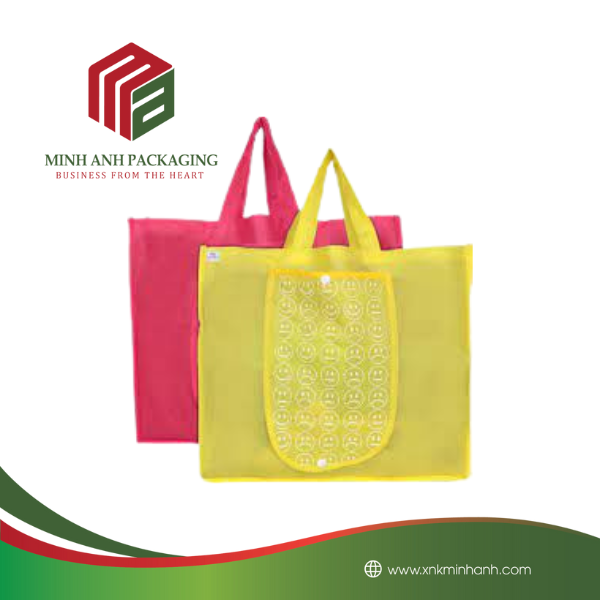
The Business Benefits of Going Green
Adopting eco-friendly packaging isn’t just about doing the right thing for the planet—it’s also a smart business move. Here’s why:
1. Enhanced Brand Image: Consumers are drawn to brands that demonstrate social and environmental responsibility. By using sustainable packaging, businesses can position themselves as forward-thinking and ethical, which helps build trust and loyalty among customers.
2. Meeting Consumer Demand: Surveys consistently show that consumers are willing to pay more for products with sustainable packaging. Offering eco-friendly options can help businesses tap into this growing market segment and cater to environmentally conscious shoppers.
3. Cost Savings in the Long Run: While eco-friendly materials may have a higher upfront cost, they often lead to long-term savings. For instance, lightweight packaging reduces shipping costs, and durable materials can minimize product damage during transit.
4. Compliance with Regulations: Governments around the world are introducing stricter regulations on single-use plastics and non-recyclable materials. Transitioning to sustainable packaging now can help businesses stay ahead of these changes and avoid potential fines or penalties.
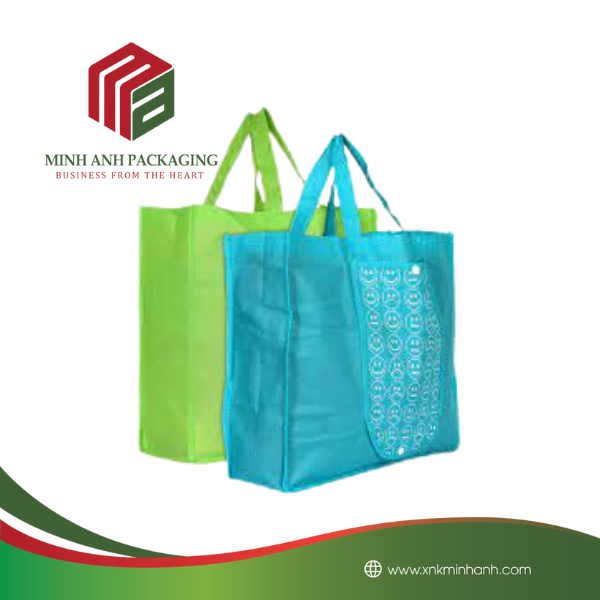
Innovative Eco-Friendly Packaging Materials
The rise of eco-friendly packaging has spurred innovation in materials and design. Here are some popular options that businesses are embracing:
– Recycled Paper and Cardboard: These materials are widely used for packaging boxes, bags, and labels. They’re biodegradable, recyclable, and versatile enough for various industries.
– Bioplastics: Made from renewable resources like cornstarch or sugarcane, bioplastics offer a greener alternative to traditional petroleum-based plastics. Some types are even compostable under specific conditions.
– Plant-Based Packaging: Materials like bamboo, palm leaves, and mushroom mycelium are gaining traction for their biodegradability and minimal environmental impact. They’re particularly popular in the food and beverage industry.
– Edible Packaging: While still in its early stages, edible packaging made from seaweed or rice is an exciting innovation that eliminates waste entirely. Imagine eating your coffee cup or snack wrapper—it’s both fun and functional!
– Reusable Packaging: Some companies are moving away from single-use packaging altogether by offering reusable alternatives. For example, glass jars or metal tins can be returned, cleaned, and refilled for future use.
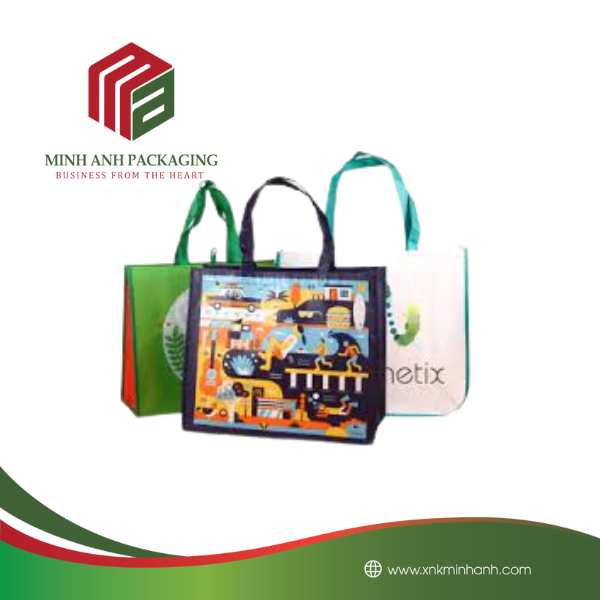
Overcoming Challenges
While the benefits of eco-friendly packaging are clear, transitioning to sustainable materials does come with challenges. Businesses may face higher initial costs, supply chain adjustments, or limited availability of certain materials. However, these obstacles can often be mitigated through strategic planning and collaboration with suppliers.
Additionally, educating consumers about the importance of eco-friendly packaging can help drive demand and justify any price increases associated with sustainable options. Clear labeling and communication about the environmental benefits of the packaging can go a long way in building consumer support.
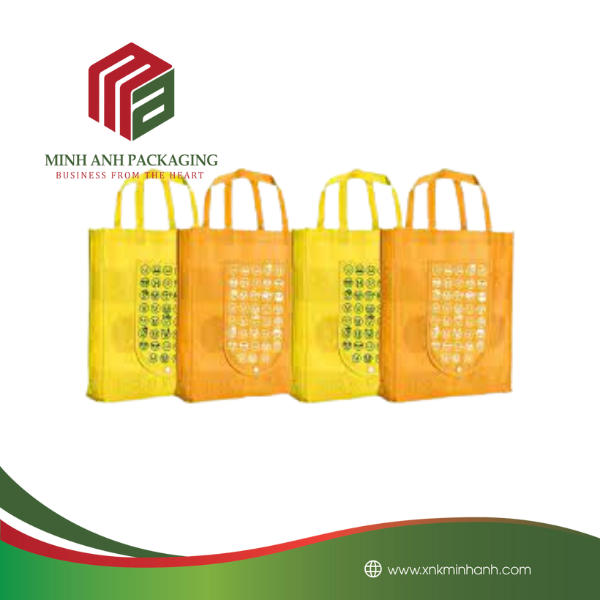
Small Steps Make a Big Difference
For businesses that are just starting their sustainability journey, it’s important to remember that small changes can have a significant impact over time. Switching to recycled paper for product labels, offering reusable shopping bags, or reducing excess packaging are all meaningful steps toward a greener future.
Moreover, companies can explore partnerships with organizations that specialize in waste reduction or carbon offsetting to further enhance their sustainability efforts. These collaborations not only amplify impact but also demonstrate a genuine commitment to environmental stewardship.
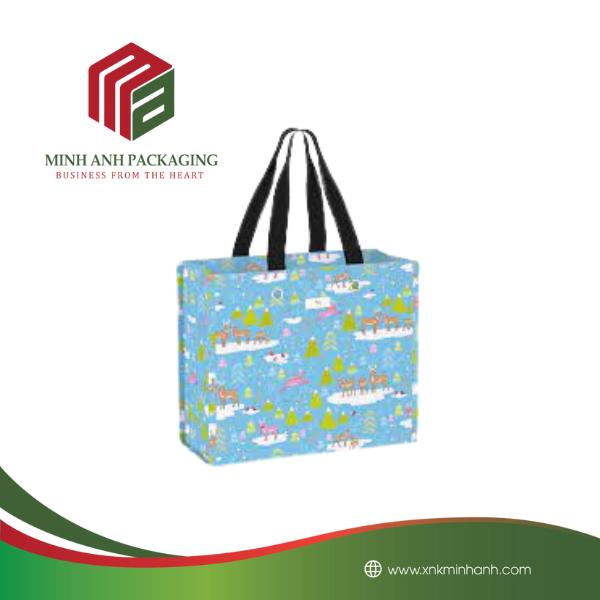
A Win-Win for Businesses and the Planet
The rise of eco-friendly packaging is more than just a trend—it’s a necessary shift toward a more sustainable future. For businesses, it represents an opportunity to innovate, connect with consumers on a deeper level, and contribute to global efforts to protect our planet.
By embracing sustainable packaging solutions, companies can do their part in reducing waste while reaping the rewards of enhanced brand reputation and customer loyalty. It’s a win-win situation that benefits both businesses and the environment—a powerful reminder that profitability and sustainability can go hand in hand.
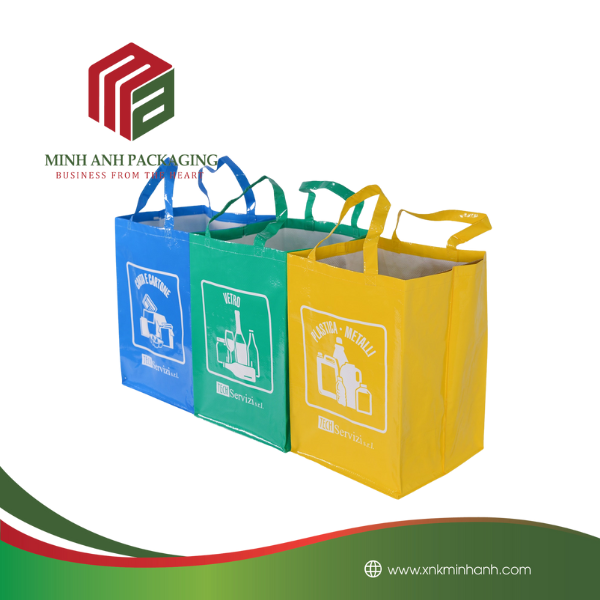
As we look ahead, one thing is clear: the future belongs to those who prioritize sustainability today. So why not start with something as impactful as eco-friendly packaging? The planet—and your customers—will thank you for it!
Hãy là người đầu tiên nhận xét “The Rise of Eco-Friendly Packaging: A Sustainable Solution for Businesses” Hủy
Sản phẩm tương tự
Tin Tức Bao Bì
Food Cling Film: Outstanding Advantages in Food Preservation
Tin Tức Bao Bì
Tin Tức Bao Bì
Tin Tức Bao Bì

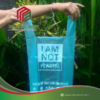
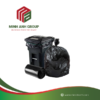












Đánh giá
Chưa có đánh giá nào.